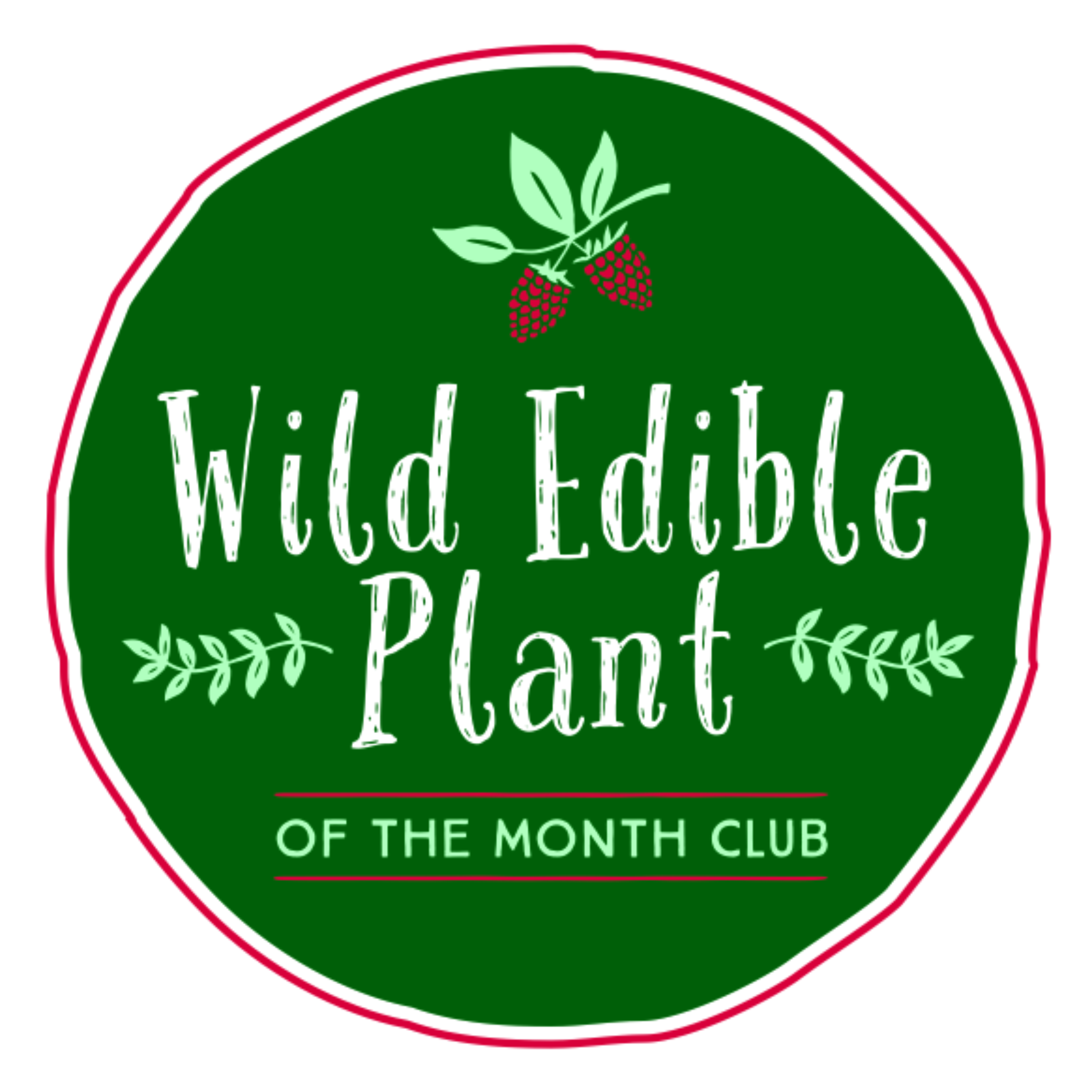Yucca: Yucca spp.
Scientific Name: Yucca spp.
Common Names: Yucca, Spanish Bayonet, Adam's Needle, Joshua Tree (for specific species)
Family: Asparagaceae
Native Region: Yucca plants are native to various regions in North and Central America, including parts of the United States, Mexico, and the Caribbean.
Habitat: Yucca plants can be found in a variety of habitats, including deserts, grasslands, coastal dunes, and rocky slopes. They are well-adapted to arid and semi-arid environments.
Leaf Shape: The leaves of Yucca plants are long, narrow, and sword-shaped, with a pointed tip.
Leaf Margin: The leaf margins of Yucca plants are smooth and often have sharp, spiky edges.
Leaf Arrangement: The leaves are arranged in a rosette at the base of the plant, with some species having leaves on a short trunk or stem.
Flower Description: Yucca plants produce tall, showy flower spikes that can vary in color from white to cream or greenish-yellow. The flowers are bell-shaped, with six petals, and are often pollinated by yucca moths.
Height: The height of Yucca plants can vary depending on the species and growing conditions. Some species can grow as tall as 30 feet (9 meters), while others are more compact and grow only a few feet tall.
Plant Type: Yucca plants are typically perennial, meaning they live for multiple years.
Several Interesting Facts:
Yucca plants have a long history of traditional use by Native American cultures for various purposes, including food, fiber, and medicine.
The flower spikes of Yucca plants are often considered a delicacy in some regions and are used in culinary dishes.
Some Yucca species, like the Joshua Tree (Yucca brevifolia), are iconic symbols of the American Southwest.
Yucca plants are well-adapted to dry environments and have specialized features, such as thick, succulent leaves, to store water.
Yucca plants are known for their drought tolerance and hardiness, making them popular in xeriscaping and desert landscaping.
Edible Parts: The flowers, flower buds, and young tender shoots of some Yucca species are edible.
Taste: The taste of Yucca flowers and buds is often described as slightly sweet and with a hint of bitterness.
Harvesting: Yucca flowers and buds can be harvested when they are still in the early stages of development and have not fully opened.
When to Harvest: The best time to harvest Yucca flowers and buds is during the spring when they are in season and at their peak freshness.
Poisonous Parts: The roots, seeds, and mature leaves of some Yucca species can contain saponins, which can be toxic if consumed in large quantities.
Unique Identifying Features:
Long, sword-shaped leaves with sharp, spiky edges.
Rosette leaf arrangement at the base of the plant.
Tall, showy flower spikes with bell-shaped flowers.
Drought-tolerant and adapted to arid environments.
Some species have a short trunk or stem.
Recipes:
Yucca Flower Fritters: Yucca flowers can be dipped in a light batter and fried to make delicious fritters.
Yucca Flower Salad: Yucca flowers can be used as a unique and flavorful addition to fresh salads.
Yucca Bud Tacos: Young Yucca buds can be cooked and used as a filling for tacos or other savory dishes.
Ways to Use in the Kitchen:
Yucca flowers and buds can be used fresh in salads or as a garnish for various dishes.
The flowers can be sautéed or stir-fried with other vegetables.
Yucca buds can be boiled or steamed and used as a vegetable side dish.
Please remember that before consuming any wild plant, it is crucial to be absolutely certain of its identification and consult a local expert or reputable resource to ensure it is safe and appropriate for consumption. Additionally, when using wild plants in recipes, it's essential to verify the reliability and safety of the sources you find.
Disclaimer for WildEdiblePlantoftheMonth.com:
The information provided on WildEdiblePlantoftheMonth.com is for entertainment and educational purposes only. While we strive to ensure accuracy and provide reliable information, we cannot guarantee the completeness, relevance, or timeliness of the content presented.
Before using or consuming any plant mentioned on this website, we strongly recommend verifying the information with a qualified health professional or medical doctor. It is essential to exercise caution and always seek the advice of a health professional before touching, handling, or consuming any wild edible or medicinal plant matter.
The content on this website is not intended to diagnose, prescribe, or treat any illness, injury, or health condition. We do not assume any liability or responsibility for any allergic reactions, illnesses, or injuries that may occur as a result of using the information presented on this website or trying any traditional or folk remedies.
As with any natural product, wild edible and medicinal plants can be toxic if misused. It is essential to understand the proper identification, preparation, and usage of these plants before incorporating them into your diet or daily routine.
Please exercise caution and keep all plants, especially toxic ones, out of the reach of children and pets.
By accessing and using the information provided on this website, you agree to do so at your own risk. WildEdiblePlantoftheMonth.com, its authors, contributors, and affiliates cannot be held liable for any damages, losses, or negative consequences resulting from the use of the information on this website.
Always prioritize your safety and well-being by seeking advice from a qualified health professional or medical doctor when dealing with health-related concerns or conditions.
